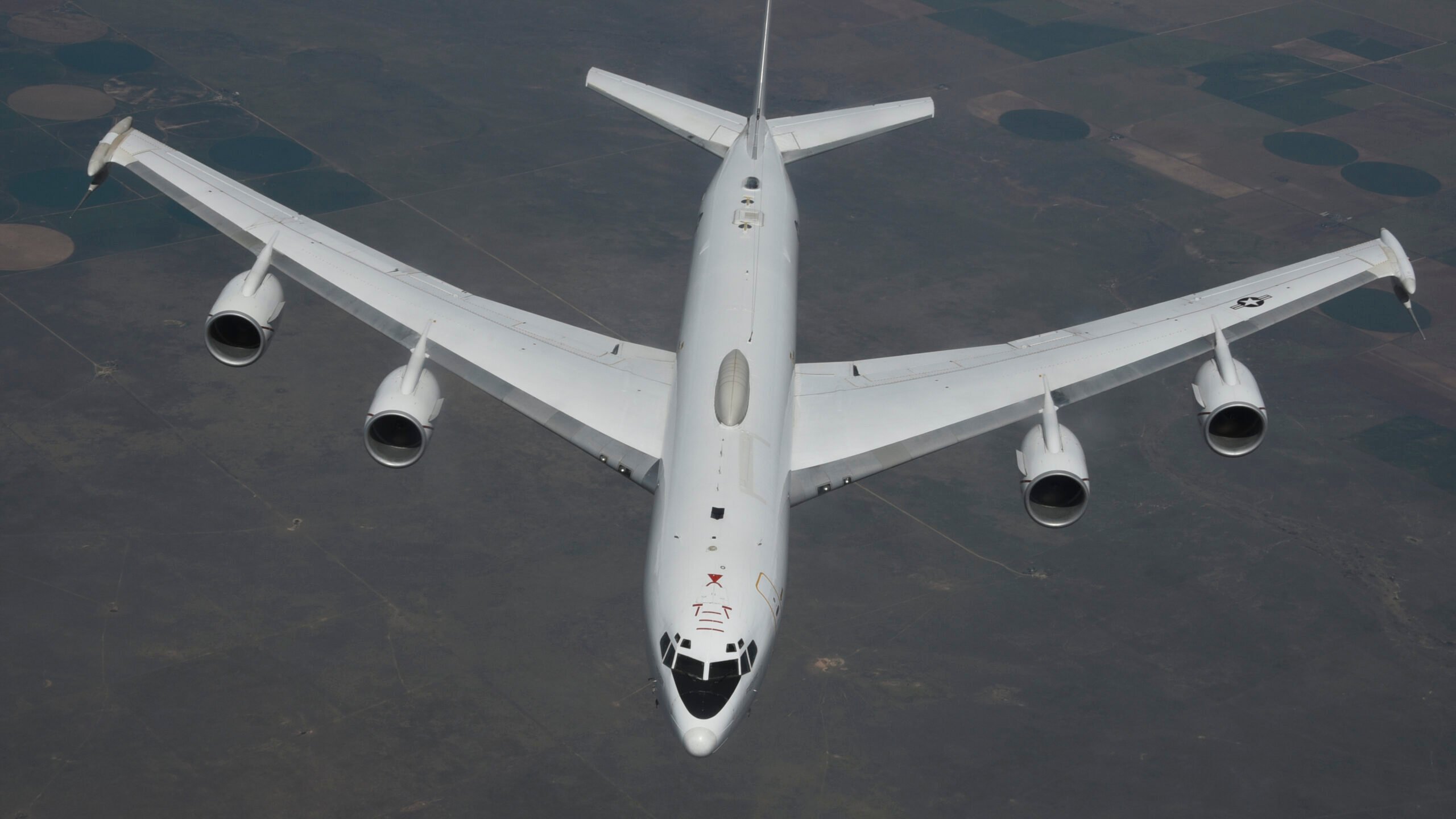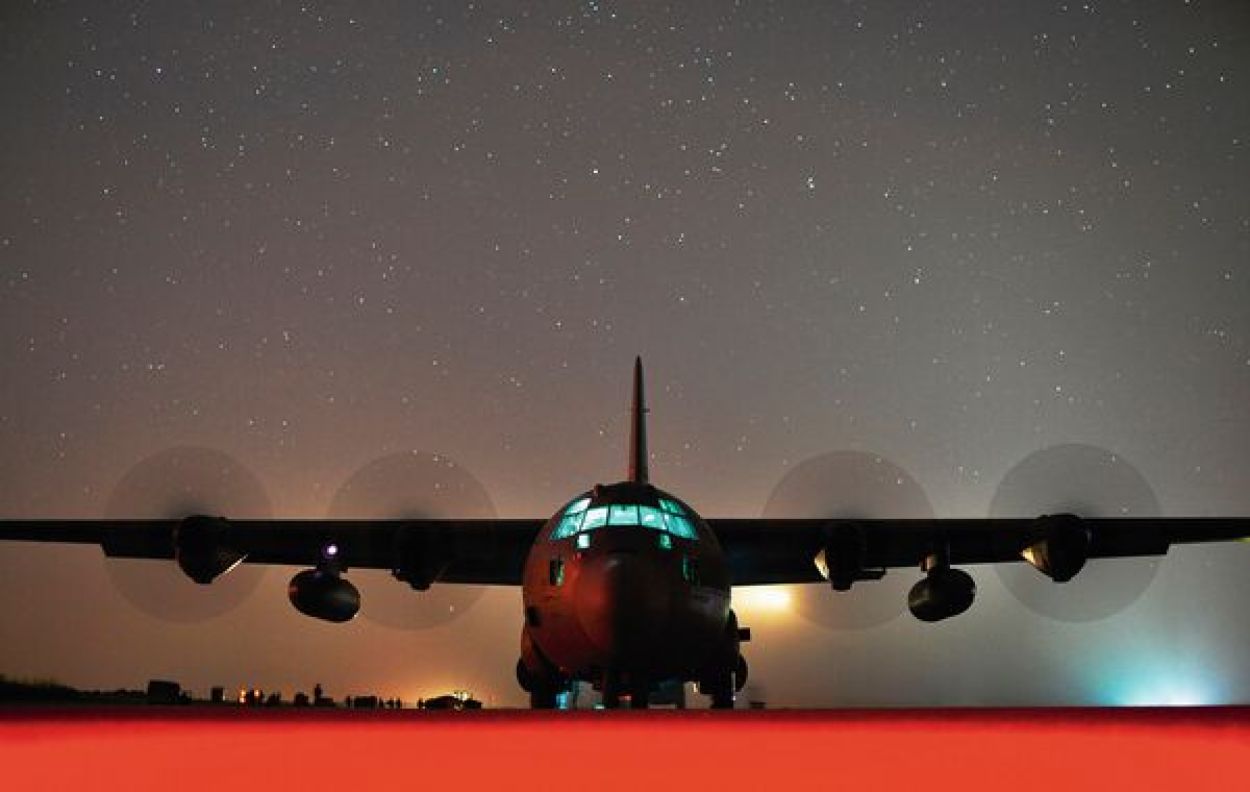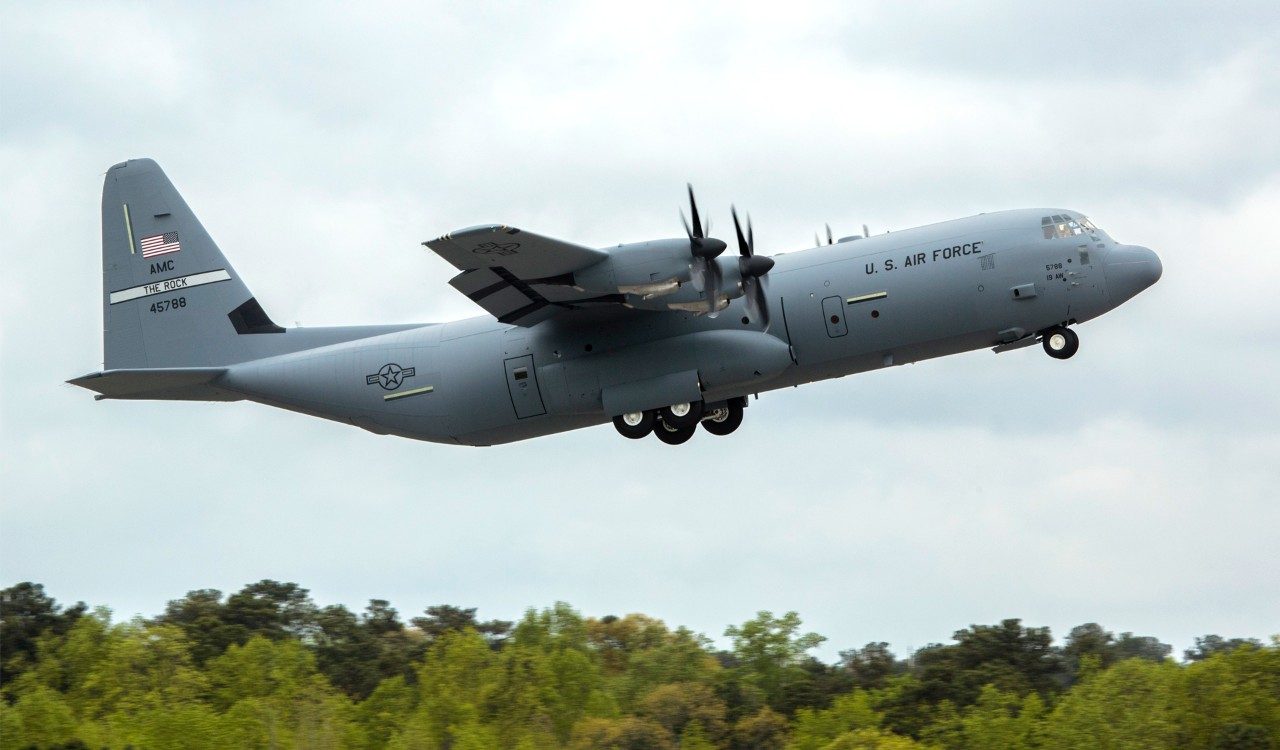On April 3, Northrop Grumman announced a high-powered team vying for a major contract to build the US Navy’s next command-and-control aircraft, dubbed the “doomsday” plane.
The Northrop Grumman-led team for the program contract will include Raytheon’s Intelligence and Space division and Lockheed Martin’s renowned Skunk Works.
The group comprising the defense industry giants will also be joined by two additional companies, Crescent Systems, a hardware and software systems engineering company located in Texas, and Long Wave Inc., a strategic communications systems company based in Oklahoma.
The team will compete for a vital contract to reinvest in an important Navy nuclear command, control, and communications (NC3) program.
The contract in question involves funding for the modernization of a Navy aircraft called E-XX TACAMO, which is responsible for transmitting commands from the President to the crews of nuclear-armed submarines during a global crisis.

The NC3 mission has been a top priority for Pentagon leaders for several years. The US President’s latest budget request has asked for over US$37 billion to fund nuclear modernization, which includes the NC3 program.
The new aircraft, “E-XX,” would replace the Navy’s current fleet of 16 E-6B Mercury aircraft carrying the TACAMO mission, which stands for “Take Charge and Move Out.”
According to budget documents released by the Navy last month, the E-6B Mercury fleet is aging and requires modernization.
The Navy’s latest budget request also includes a projection to acquire the first three E-XX TACAMO aircraft in fiscal year (FY) 2027, followed by an additional six in FY28. Furthermore, the budget request seeks roughly US$214 million in research and development funding for the E-XX TACAMO program in FY24.
On Monday, Jane Bishop, the Vice President and General Manager for Global Surveillance at Northrop, stated that the team working on the E-XX contract proposal possesses expertise and experience in weapon system integration and battle management command and control.
Raytheon will be responsible for providing the integrated communications systems for the E-XX aircraft and is also involved in supporting the existing TACAMO program.
Meanwhile, Breaking Defense reported that at least one of Northrop’s competitors for the E-XX TACAMO program would be Collins Aerospace, a Raytheon subsidiary.
Collins Aerospace has enlisted the help of Sierra Nevada Corp., a privately held aerospace firm, to join its team in the competition. This move indicates that the competition for the contract will be intense and that Northrop and Collins Aerospace are assembling high-powered teams to win the contract.
It is currently uncertain when the competition will commence, but according to public documents, the contract work is expected to run from FY25 through FY30. The cost of the contract has not been disclosed yet.
However, the US Navy is willing to invest considerable money on a capability — contemplating nuclear launches under the most extreme circumstances — that the administration expects never to employ.

What Will Be Covered Under The Contract?
The Navy has chosen the Lockheed Martin C-130J-30 Super Hercules as the platform for its TACAMO aircraft. The C-130J-30 is a version of the C-130 with an additional 15 feet added to the fuselage.
According to Henry Cyr, Northrop Grumman’s director for multi-domain command and control capture programs, the C-130J-30 Super Hercules is an ideal platform for the TACAMO mission due to its increased fuselage length.
Cyr believes that the stretched C-130 will be the right size for the mission and perform better than the E-6 currently used by the Navy. The Navy reportedly plans to use Collins Aerospace’s very low frequency (VLF) radio system in the E-XX.
To ensure a swift transition, the Navy is not looking to introduce many new technologies with the E-XX aircraft, except for improved radio and computing systems. The focus is to quickly use existing technologies and integrate them into the new platform.

Cyr noted that TACAMO is a mission that “can’t fail” and is too crucial to jeopardize by trying something new.
“The nuclear command and control communication business, it is more important to do 100% of the time correctly than to maybe take a little risk on developing new technology,” he added.
Collins Aerospace has extensive experience in the NC3 area. Scott Pingsterhaus, senior director for business development at Collins Aerospace, told Breaking Defense that his company had been developing systems for the E-6B and its predecessors for the last 60 years. One of them is the Enola Gay, a B-29 Superfortress bomber that dropped the first atomic bomb during World War II.
On the other hand, Northrop prides itself on having a wealth of experience working on a range of battle management systems and integration contracts involving jets from all major defense prime contractors, including Lockheed Martin’s F-35.
- Contact the author at ashishmichel(at)gmail.com
- Follow EurAsian Times on Google News




